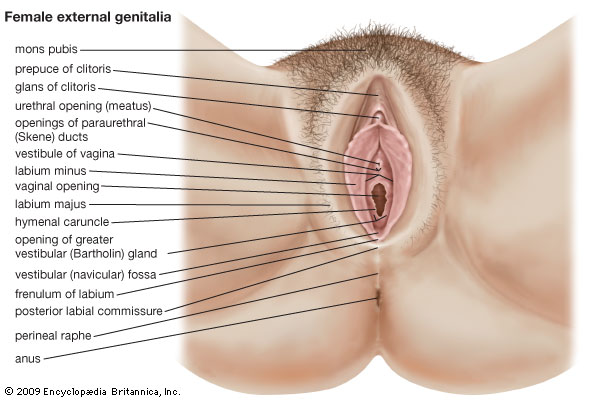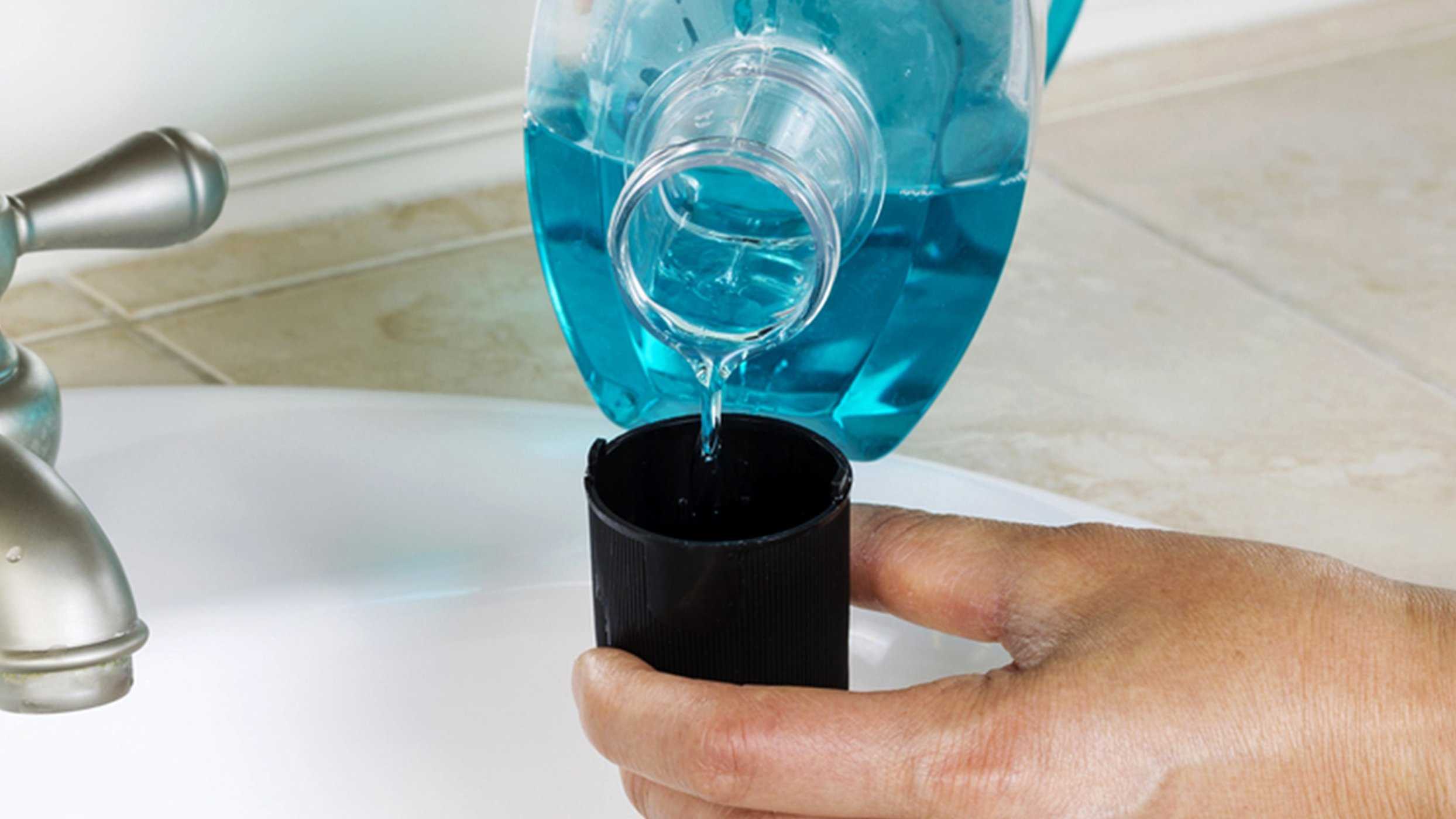Contents:
Medical Video: Normal Vaginal Childbirth
If you are a woman, you may have wondered what a normal vaginal shape looks like. But maybe you are embarrassed to ask or confused where to ask. Even not infrequently there are women who do not know the shape of her vagina.Like humans, the vagina is also individualistic. There are no two exact vagina. Don't compare yourself to others, because what looks like a normal vagina to someone is not necessarily for you. You are a unique individual. Yes, even your vagina.
Most likely, your vagina is fine. But, just to help give you inner peace, this is a guide to the various sizes and shapes of the vagina (as well as some signs that should be aware of if there is something wrong with your vagina).
The importance of independent vaginal examination
Independent vaginal examination is a way for a woman to see her vagina and vulva. This self-examination can help you better understand your body, and any problems that may require medical attention.
The best time to carry out an independent vaginal examination is right in the middle of your two menstrual cycles. To note, a vaginal self-examination does not mean you do not need to undergo a routine pelvic examination by your gynecologist.
To do a self-vaginal examination, you need:
- A small flashlight or good lighting indoors
- A handheld mirror with a long handle
- Speculum (or, you can also use your hand)
- Do not apply vaginal cream or douche (vaginal cleansing spray) before carrying out the examination
Wash your hands, and take off your pants. Sit on a chair, bed, floor or sofa and prop your back with a pillow. Bend your knees until your feet are on the side of your buttocks. Gender a little back, and spread your knees so that your genital area can be seen.
Hold or support the mirror in front of your genital area, and adjust the direction of the flashlight so you can look inside.

Source: Encyclopaedia Britannica, Inc.
What are the characteristics and shape of a normal healthy vagina?
1. Vulva
The vulva is a genital organ on the outside of the vagina that can be seen with the naked eye. The vulva includes the mons pubis (pubic hump), labia majora (outer lip), labia minora (inner lips), clitoris, and external openings of the urethra and vagina.
We are often confused between the vulva and the vagina. The vagina, aka the 8 centimeter birth line, is in the body. Only the vaginal opening (introitus) can be seen from the outside.
The normal vaginal wall is reddish (can be bright pink or tanned) and has folds or wrinkles. Vulva can have wrinkles, and this is normal. Actually, wrinkles on the vulva indicate elasticity, so don't feel this makes you feel old or abnormal.
Abnormal: if the vulva is painful or there is a strange lump like vaginal warts - caused by a virus that is transmitted through sexual contact.
2. Labia
Labia is the most visible part of your vulva - the split lid is split into two parts in the mons pubis. These petals are called the labia majora, or often also referred to as the "vaginal lips". If you open your labia majora, you will see smaller petals inside, on both sides of your vaginal opening.
Many people believe that the lips of both labia should have a certain length, but this is not true. In more than half of women, the labia minora lip can be longer and protrude from the labia majora. Sometimes, both pairs of labia can be long, thick, or even thin. Sometimes, the skin color of the labia can resemble the skin tone of the body, darker, or brighter. Some labia can have one side that is longer than the other side. All of these are normal vaginal variations.
Abnormal: labia skin that changes color and has white patches can be a sign of lichen sclerosus, which is commonly found in women of menopausal age. Itching, heat, and / or bleeding from the vulvar skin can also be signs of health problems - from skin conditions to venereal disease.
3. Clitoris
Right at the top, where the tip of the labia minora meets, is the clitoris. The skin sheet where they meet, which covers part of the external clitoris, is referred to as the clitoral hood. According to the layman, the clitoris is a soft pink button, like an eraser on the tip of a pencil. But in fact, most of the clitoris (three quarters) is actually inside your body.
In general, the clitoris that looks from the outside has a size of 0.5 cm to 1.3 cm. However, if your clitoris is larger than the 'standard', don't worry. Your vagina is still normal, especially the size of the clitoris can still be enlarged when the erectile tissue gets stimulated. The outer part of the clitoris can also be smaller, even hidden. In addition, the clitoris in some women can also have skin folds that relax above the clitoral area. Having a hidden clitoris doesn't mean you don't have it at all, or it can't cause stimulation. All of these things are normal.
Abnormal: if the clitoral area is painful or sore, which can be related to overstimulation during sex or masturbation, or because of smegma buildup (white crust from urine deposits, oil, and dead skin cells - not diffuse and dangerous, also not the cause of genital cancer) behind your clitoral hood. You can clean Smegma enough with water.
Also, pay attention to whether there is an itching sensation, which can indicate yeast infections.
4. Vaginal fluid
Although many of us consider vaginal discharge to be abnormal, actually vaginal fluid is a natural part of the automatic cleansing mechanism carried out by a healthy vagina.
Reasonable vaginal discharge has the characteristics of bright or transparent colors and liquid textures, thick and sticky in white milk, or a paste-like texture. In addition, healthy vaginal fluid does not stink, does not contain blood and / or bleed, and does not look like curd.Normal vaginal fluid is not accompanied by itching.
Abnormal: Leucorrhoea that you have to watch out for is a liquid that clots in gray, yellow, or greenish, followed by a stinging stench and can be accompanied by itching. This condition can indicate infection sexually transmitted, like trichomoniasis or bacterial vaginosis. Leucorrhoea that looks like curd can mean vaginal yeast infections.
5. Vagina
The so-called vagina is actually a small opening under your urethra and clitoris. Even though there are only very few vagina that can be seen, if you put a finger in it, you will feel all kinds indentation, as"Hill", and "valley". This lump is called the vaginal rugae, and is normal - which helps the vagina expand itself during sex.
What distinguishes vaginal rugae from a lump that shows an unhealthy vagina requires medical attention, is pain, a rough texture, a high lump, which indicates the lump is genital warts.
In the back of your vagina is the cervix, which looks like a small donut with a very small hole right in the middle, called ostium. You may notice polyps (growing meat) that hang and protrude through ostium. This polyp is easy to bleed, but does not need to be removed unless it is bothering you.
The cervix may have a fluid-filled lump that looks like a nodule. This spot is harmless, called the Nabothian cyst. Nabothian cysts are caused by the producer glands of mucus from the uterus. These cysts can come and go, some are long-lasting. This cyst does not require treatment.
Also pay attention to your vaginal wall. In a healthy vagina, the condition of the walls can vary - dry to very wet. The vagina tends to dry before women reach puberty, during breastfeeding, and after menopause, and before and shortly after menstruation. Vaginal wall ecosystems will become wetter during ovulation, during pregnancy, and during sexual stimulation.
Abnormal: Pain in the vagina is not normal, even after sexual intercourse. If regular sex makes you feel pain or pain, or if you experience vaginal pain that is not related to any activity, talk to your doctor.











